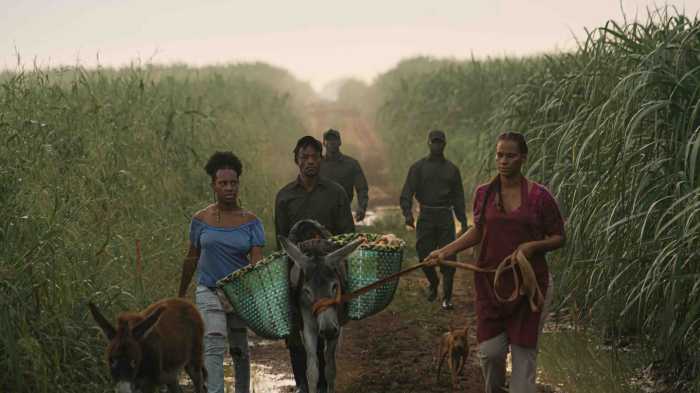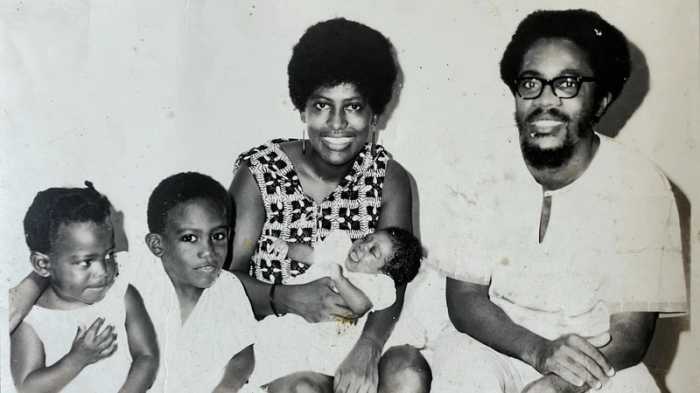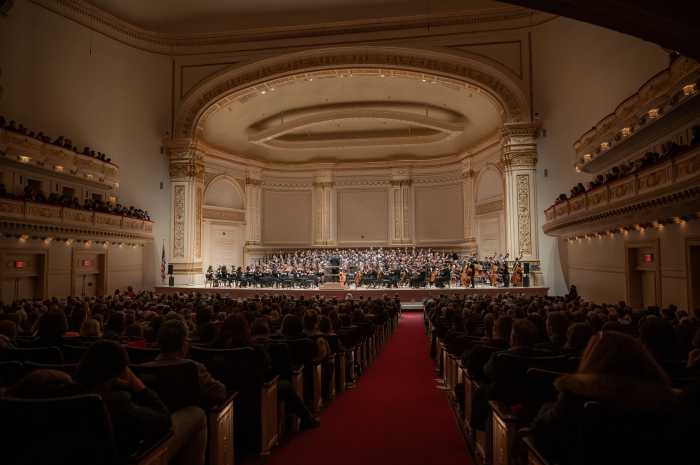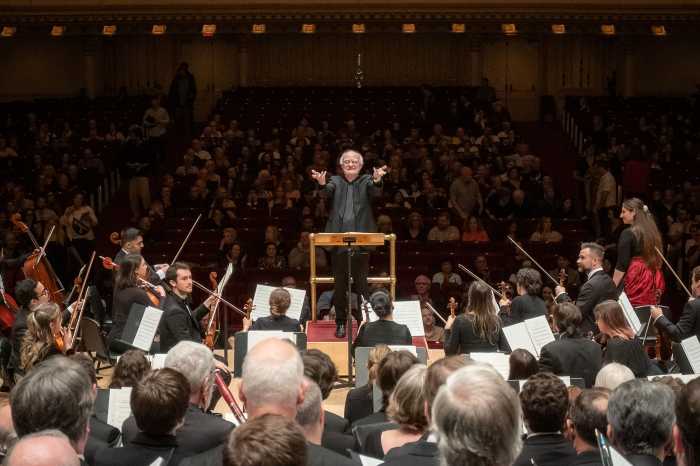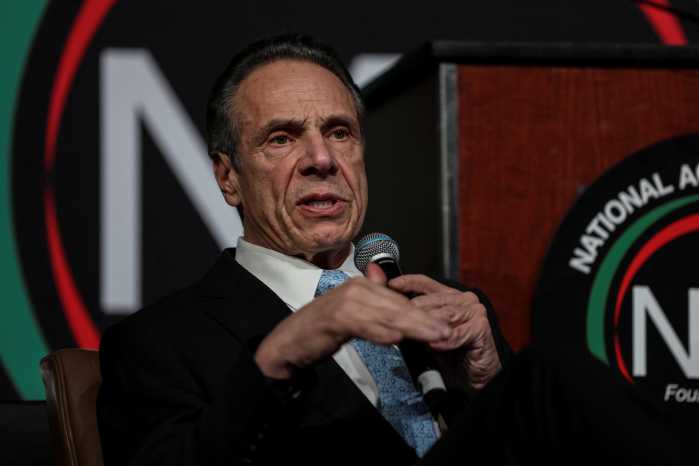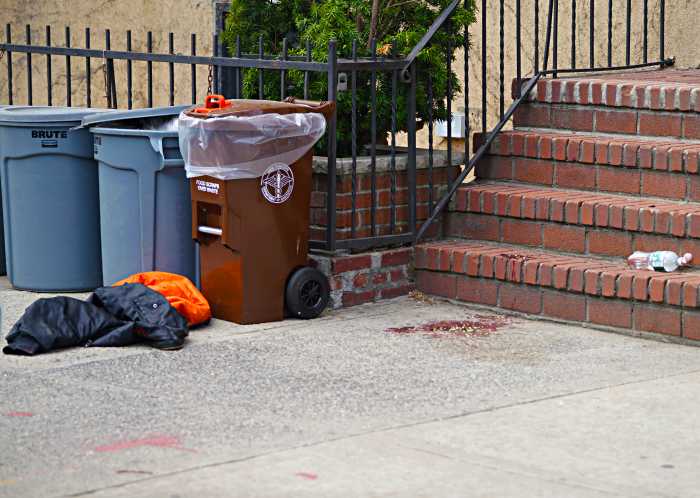Let’s hope that by the time we would have gotten to the aftermath of Labor Day 2013, the dominant conversation piece will be altogether different from what’s been happening in 2012. Thanks to the Internet’s capability in providing us access to the good, bad, ugly and everything else, we’ve been treated, this post-Labor Day period, to a graphic display of Carnival images that have involuntarily become the definitive photographic representation of Labor Day 2012. It’s no hard call suggesting that the bulk of us would rather this particular snapshot in our memory bank were somehow magically expunged.
For real. I can’t imagine any gathering of Caribbean people anywhere who would give a thumbs-up or roar of approval to the photos making the Internet rounds of a posse of (practically) naked females masquerading as masqueraders on Labor Day. More realistically, this is imagery that summons disgust, anger, revulsion… And for so many different reasons it’s an eye food treat we don’t need, more so in the setting of Labor Day.
In the first place, of course, it fails to qualify as Labor Day fare if our purported intent with this yearly ritual is a showcase of the richness of our Caribbean cultural tapestry. Only the players in these offensive photographs can say what their objective was, but it’s a pretty safe bet that making a substantive contribution to the Caribbean’s special brand of Carnival wasn’t it. And in any case, what their intent is really doesn’t much matter. It matters only that their display tarnishes both the Carnival and Caribbean people, as a sector that has so meaningfully added to the “glorious mosaic” that was David Dinkins’ favorite descriptive for this city.
Worse, the more cynical among us could be forgiven for venturing that the “bare all” crew may actually have been paid agents of some anti-Labor Day Carnival element in the mosaic, figuring the deviltry (for that’s what it was) to have strong event-killer potential. But that perhaps far-fetched “conspiracy” theory aside, imagine how much of a leap this 2012 snapshot is for those of us who can recall when only “certain women” (on whom we were all too eager to pin the “lewd” label) donned a pair of Carnival day shorts, back when primness was alive and well in the Islands. Even with the latter-day bikini masquerade craze, Carnival purists’ main beef has been that it is too troublingly sucking creativity out of the process. The 2012 Parkway abomination, however, doesn’t belong in that discussion.
The offending parties here couldn’t possibly be friends of the event or its organizers either, seeing as how everyone knows the Carnival is battling some perception problems that can’t exactly be wished away. The reputation for anti-social, even violent goings-on that, deservedly or not, has come to overhang the Carnival event is challenge enough for this undertaking, one with major consequences, not least the impact on sponsor support. Not to mention how much a continued “violence-prone” image could threaten the event’s very existence. All of which makes clear that the last thing the event needs is some obscure bunch of exhibitionists who choose the Labor Day forum to get their jollies. The violence factor is a bewildering dilemma whose elusive solution will assuredly tax event organizers to the limit. As problems go, the unwanted intrusion of over-the-top vulgarity should be much more stoppable.
If the 2012 freak show caught event gate-keepers by surprise, they’ve obviously been served notice to be more pro-active and vigilant so as to forestall similar outrage down the road. Sure, this all unfolds in a land of First Amendment rights and all the rest. But one would imagine that domain rights accrue to two entities in this mix: event organizers and masquerade band leaders. If in both instances they move adroitly to neutralize this madness, there’s no way we have to abide its disturbing presence further.
Since, as we understand it, there are among the parading Carnival hordes some who believe purchasing a costume carries with it license to corrupt that exercise even to obscene limits, steps clearly have to be taken to safeguard against the kind of guile that begot this year’s embarrassment. Modest alteration of a costume is fairly routine practice among masqueraders. When “alteration” results in what the 2012 snapshot reveals, the call for sterner measures becomes obvious – measures duly outlined in written form that void the costume purchase where a costume is transformed into something the band leader finds objectionable.
Event organizers, too, must step up to their obligation as owners of the Carnival space. If band leaders abdicate their responsibility to keep undesirables out, serious monitoring by event organizers must be the ultimate safeguard. There can be no excuse, going forward, for elements in the Carnival that are an affront to our collective Caribbean sense of decency.
True, Carnival is supposed to be all about a fun experience, not about keeping tabs on who might have designs on tampering with those feel-good vibes. Think of it as akin to a few bad apples having now saddled us with TSA airport screenings and all that jazz. The Labor Day event is not immune from the bad apple syndrome. Some of it, we know, is more formidable and perhaps beyond our control. But that ignominious 2012 snapshot highlights bad apple conduct that we can and must eradicate.




